Help - Dying Atlas Cedars
FlyGarden
9 years ago
Featured Answer
Comments (12)
User
9 years agoRelated Professionals
Maple Valley Landscape Architects & Landscape Designers · Hershey Landscape Architects & Landscape Designers · Lake Oswego Landscape Architects & Landscape Designers · Quincy Landscape Architects & Landscape Designers · Camp Verde Landscape Contractors · Cockeysville Landscape Contractors · East Lake-Orient Park Landscape Contractors · Elmhurst Landscape Contractors · Palos Verdes Estates Landscape Contractors · Washington Landscape Contractors · Oak Park Siding & Exteriors · Lafayette Decks, Patios & Outdoor Enclosures · Larkspur Decks, Patios & Outdoor Enclosures · Rogers Decks, Patios & Outdoor Enclosures · Genesee Stone, Pavers & ConcreteFlyGarden
9 years agoFlyGarden
9 years agoFlyGarden
9 years agoMackel-in-DFW
9 years agoarktrees
9 years agoFlyGarden
9 years agoryanh0809
8 years agoThrifty Tree Service
8 years agoedlincoln
8 years agowisconsitom
8 years ago
Related Stories

PETSHow to Help Your Dog Be a Good Neighbor
Good fences certainly help, but be sure to introduce your pup to the neighbors and check in from time to time
Full Story
DECLUTTERINGDownsizing Help: How to Edit Your Belongings
Learn what to take and what to toss if you're moving to a smaller home
Full Story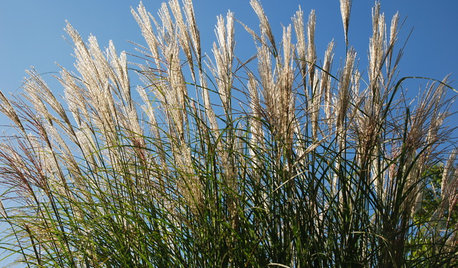
LIFEConsider Avoiding These Plants to Help Keep Your Garden Fire-Safe
Plants that accumulate dead material, are high in oil or have low moisture content in leaves put some homes at risk
Full Story
WINTER GARDENINGHow to Help Your Trees Weather a Storm
Seeing trees safely through winter storms means choosing the right species, siting them carefully and paying attention during the tempests
Full Story
SELLING YOUR HOUSEThe Real Scents That Will Help Sell Your House
Ditch the potpourri and baked cookies. Follow these guidelines on scents to use and avoid to help sell your home
Full Story
PETS6 Ways to Help Your Dog and Landscape Play Nicely Together
Keep your prized plantings intact and your dog happy too, with this wisdom from an expert gardener and dog guardian
Full Story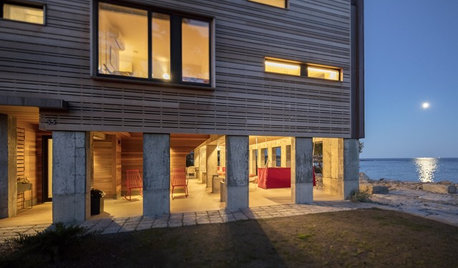
HOUZZ TOURSA Seaside Home Clad in Copper and Cedar
An architect designs his dream getaway home in Massachusetts, making it modern, resilient and energy-efficient
Full Story
MOVINGRelocating Help: 8 Tips for a Happier Long-Distance Move
Trash bags, houseplants and a good cry all have their role when it comes to this major life change
Full Story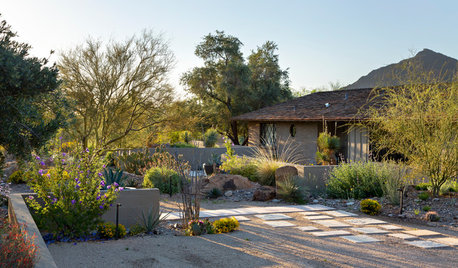
LANDSCAPE DESIGNFire-Wise Landscapes Can Help Keep Your Home and Property Safe
Choose fire-resistant plants and materials and create defensible areas using these design strategies
Full Story
HOUZZ TOURSMy Houzz: 38 Years of Renovations Help Artists Live Their Dream
Twin art studios. Space for every book and model ship. After four decades of remodeling, this farmhouse has two happy homeowners
Full Story






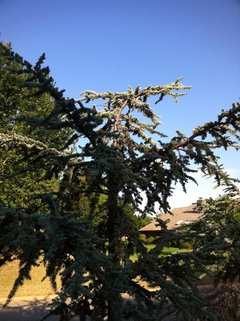
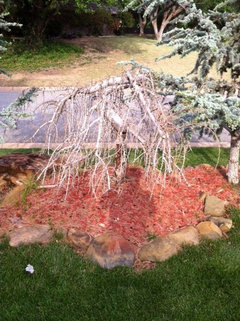



ken_adrian Adrian MI cold Z5